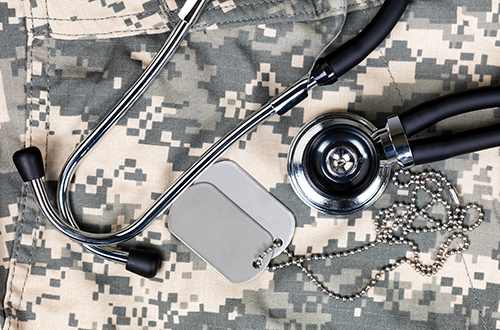Advances made during World War One, the “first mass killing of the 20th century”, are saving countless lives today.
When the war broke out in France, in August 1914, transportng a wounded soldier from the battlefield to a hospital required a horse-drawn wagon with baskets on either side. Incapacitated soldiers were taken to a railway station, put in the straw of a cattle-car, and sent to a hospital in the nearest city without bandages, food, or water. “One of those trains dumped about 500 badly wounded men and left them lying between the tracks in the rain, with no cover whatsoever,” according to Harvey Cushing, who headed the Harvard Unit of volunteer doctors at the American Ambulance Hospital of Paris.
When a thousand wounded French soldiers were left lying in the straw in a village near Meaux, U.S. Ambassador Myron T. Herrick called all of his friends with cars to rescue them. This improvised fleet made the difference between life and death, amputation and healing, and signaled the start of the motor-ambulance corps.
In spite of an estimated 10 million military deaths, doctors learned enough to vastly improve a soldier’s chances of survival. They went from amputation as the sole solution to being able to transport soldiers to hospital, disinfect their wounds, and operate. Ambulances, antiseptic, and anesthesia, three elements of medicine taken entirely for granted today, emerged from the depths of suffering in the World War One.
In the first six weeks of the war, when 300,000 French soldiers were wounded, an appalling number of amputations were made. The key dilemma was that doctors had no effective antiseptic to kill the rampant bacteria, such as Clostridium perfringens, which caused the rapid necrosis known as gas gangrene. The soldiers lived in the filth of the trenches where wounds were immediately corrupted. A leading French surgeon testified to the Academy of Medicine that 70 percent of amputations were due to infection, not to the initial injury.
Help was on the way from New York’s Rockefeller Institute for Medical Research. A French physician Alexis Carrel, who had been working at the Institute, was given an abandoned château in Compiègne, near the front, to renovate as a military hospital. Henry Dakin, a British biochemist had perfected a solution of sodium hypochlorite, which killed bacteria without burning the flesh. Carrel took the new antiseptic and insisted on opening up wounds to thoroughly irrigate them. The technique, which became known as the “Carrel-Dakin Method,” was adopted by doctors across Europe.
Meanwhile, at the American Ambulance Hospital, George Crile was introducing doctors to a new method of anesthesia, using 18 large cylinders—3,000 gallons—of nitrous oxide. He gave surgical demonstrations to Carrel and other French surgeons, using a nitrous oxide-oxygen mix to put a patient to sleep but not into a state of shock. At first scorned, doctors began to wonder and admire, especially after success when used for a prolonged nerve operation.
Antiseptics and anesthesia saved lives once they arrived at the hospital, but without motor ambulances and hospital trains to get them there, wounded soldiers stood little chance. From the impromptu rescue of soldiers from Meaux in September 1914, the American Ambulance Field Service grew to number more than 100 ambulances by the end of the first year of the war. Philanthropists such as Anne Harriman Vanderbilt bought cars, as did civic groups from cities around the United States. The Ford Motor Company donated 10 Model-T chassis to be converted into ambulances.
Volunteer drivers arrived from 48 American universities, and the ranks of the ambulance service grew to some 2,500 by the end of the war. The conclusion is a war benefits medicine more than it benefits anybody else.


